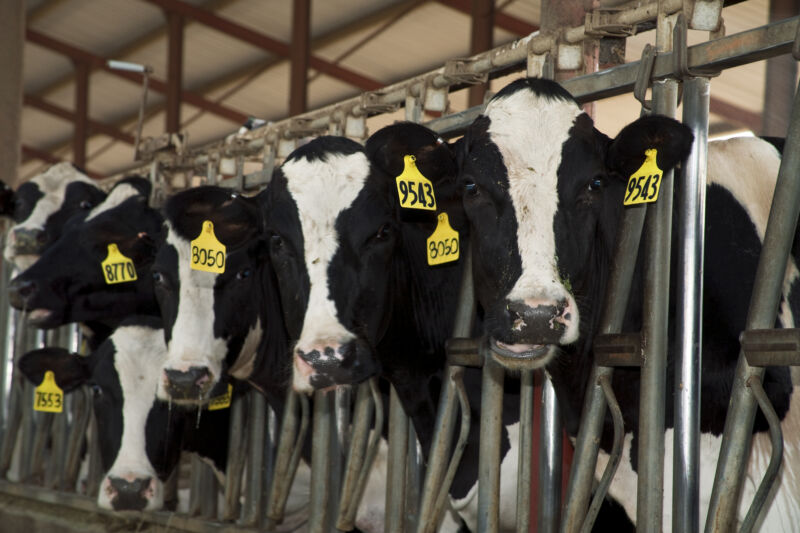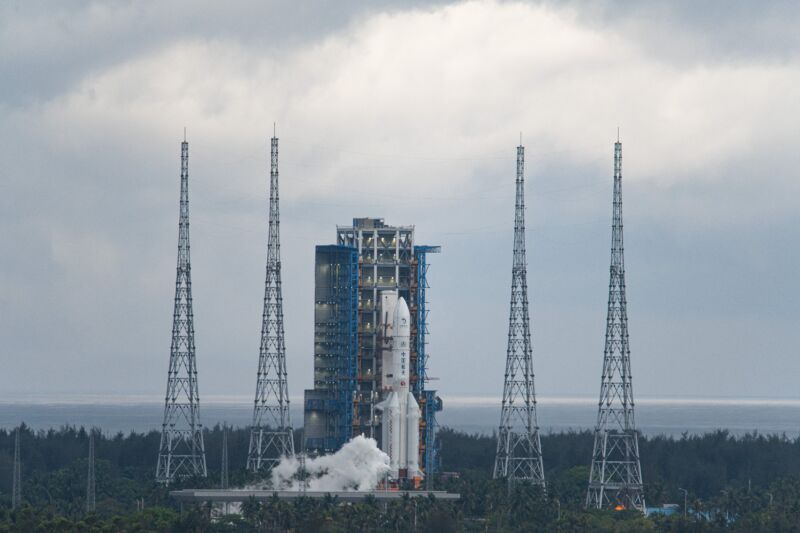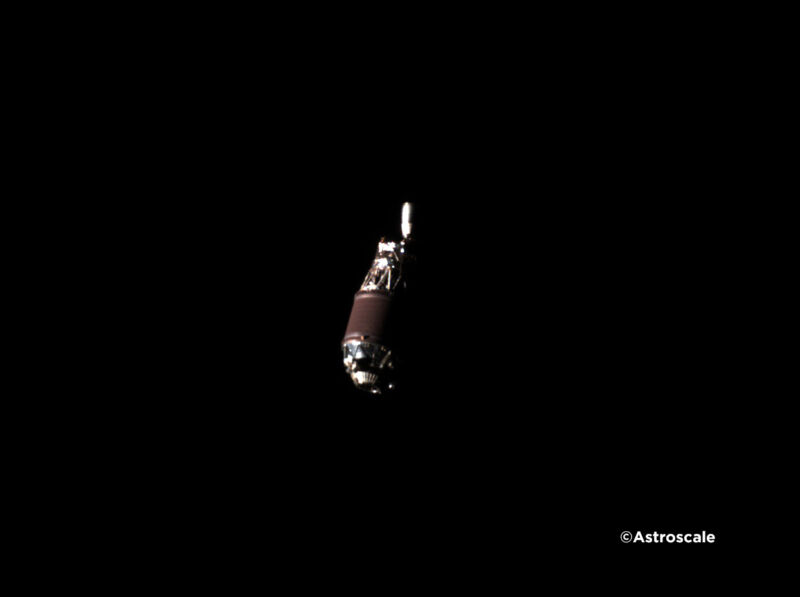-
chevron_right
How old is too old? I’m 77 and I don’t know yet. But I will when I get there | Polly Toynbee
news.movim.eu / TheGuardian · 06:00 · 1 minute
I get advice about my age on social media (not all of it friendly), but I’m sanguine about life without youthful anxieties
How old is old? That depends on how old you are, for as you age you will nudge that number upwards. A recent German study asked people over the age of 40 that same question eight times over a period of 25 years, and it found “old” gets older as we age . Of course it does. Would Paul McCartney, fit at 81¾, choose 64 now as the time he’d need feeding ? Jumpin’ Jack Flash at 80 is as lithe and frisky as ever, but only a halfway Dorian Grey , young in limb, but a face as raddled as that portrait: is Mick Jagger old yet?
I am 77: I and my friends contemplate our age all the time. How old are we, exactly? I can feel like Methuselah, mentioning to some bright young spark that the first election I covered as an Observer reporter was 1970, or that I remember the old king’s funeral, or that I had a doll’s ration book (sweet rationing lasted until 1953), or how the great smog of London of 1952 that killed 4,000 knocked me down with bronchitis, inhaling Friars’ Balsam under a towel. That’s old, isn’t it?
Polly Toynbee is a Guardian columnist
Continue reading...






